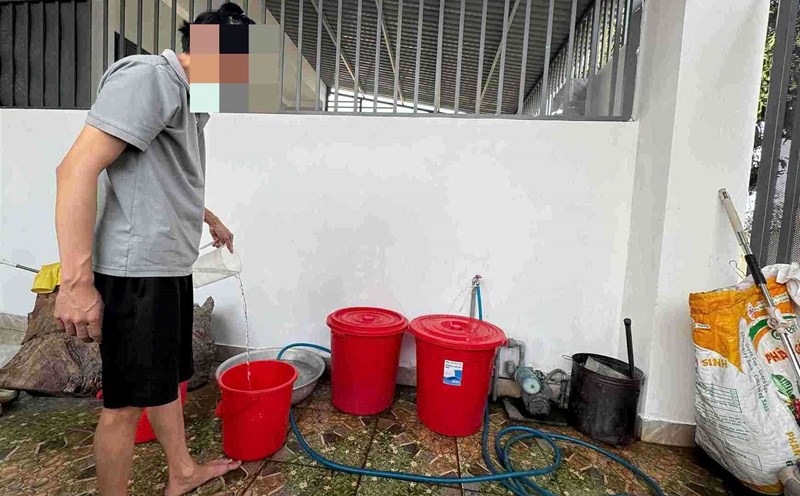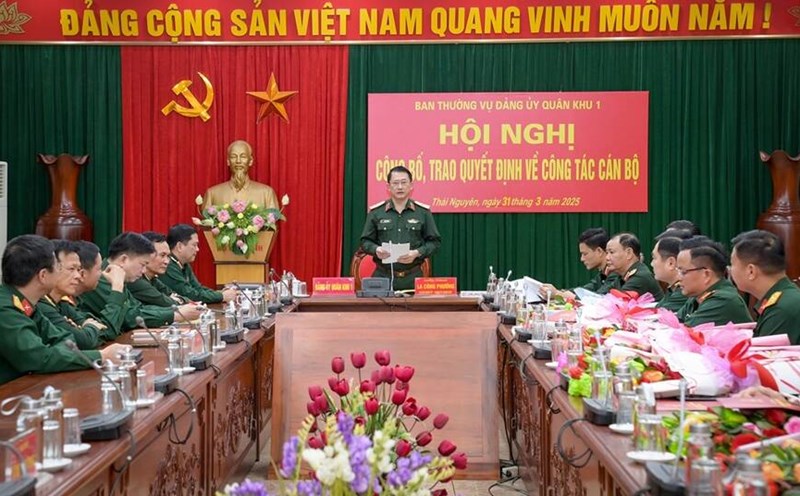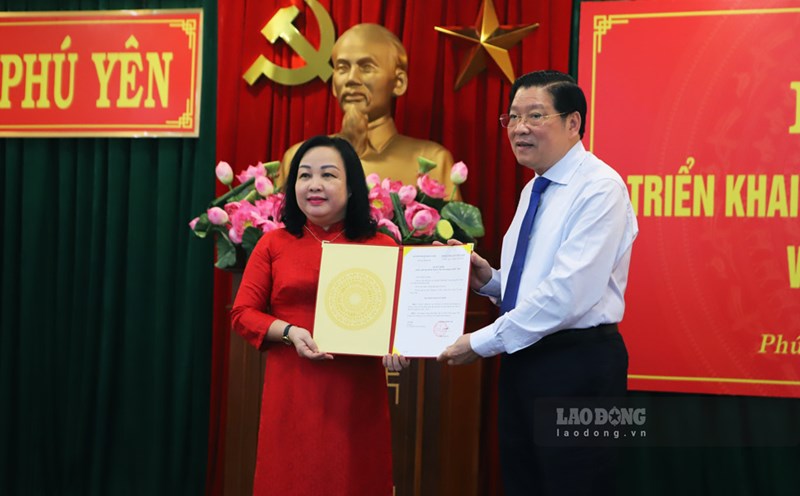Historic March days
Gia Nghia city - the "heart" of Dak Nong - is changing day by day with solid structures, spacious neighborhoods catching the rhythm of modern life.
However, the people here still engrave their glorious past, especially the liberation campaign 50 years ago.
In the historic March days, we met Mr. Le Truc Phuong, residing in Nghia Duc ward, Gia Nghia city, a living witness to the Quang Duc liberation campaign (now Dak Nong).
He was an officer of the Quang Duc Provincial Corridor Committee, Standing Secretary of the Gia Nghia Military Commission, and directly participated in the liberation campaign in March 19755.
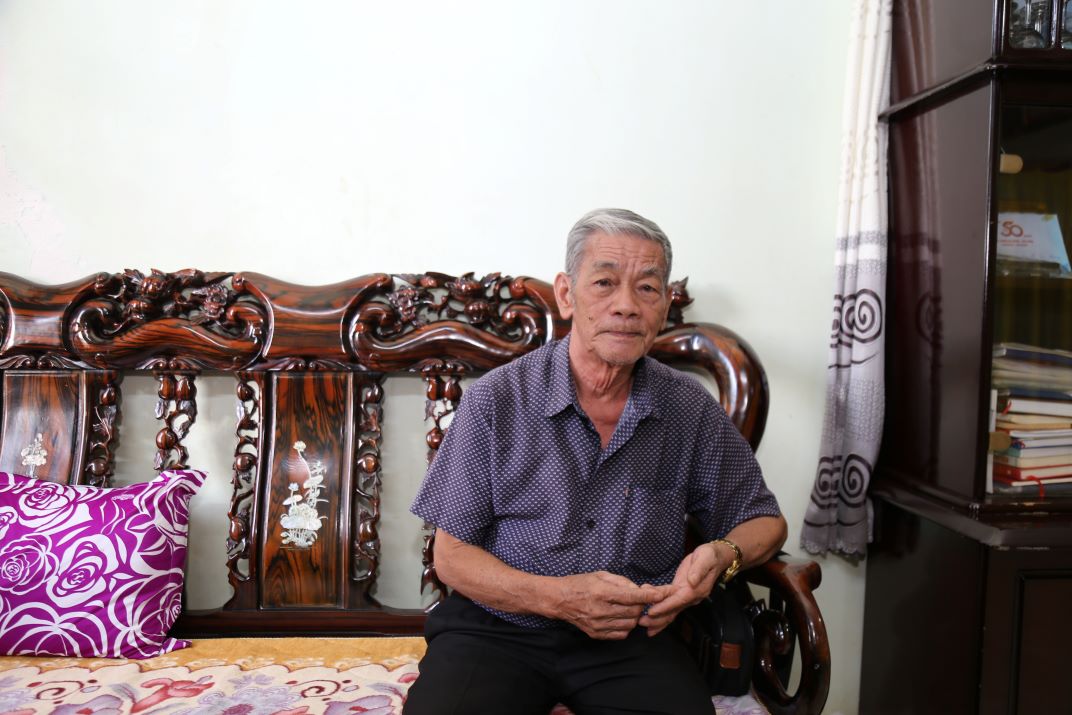
Mr. Phuong recounted that after our army won in Duc Lap, Kien Duc (March 9, 1975) and Buon Ma Thuot (March 10, 1975), the enemy army fell and fled to Gia Nghia.
In that situation, the old Quang Duc District Party Committee set the task of blocking and withdrawing the enemy from Buon Ma Thuot through Gia Nghia to Lam Dong via Road No. 8.
On March 22, 1975, the enemy fled along the Kim Da road down to Di Linh and was chased and beaten by local forces, destroying many enemy forces, and burning down 2 vehicles. Too panicked, they fled into the forest towards the Dong Nai River.
On the morning of March 23, 1975, our armed forces took over Gia Nghia. At noon of the same day, the flag of the National Liberation Front flew in front of the residence of the Provincial Governor of Quang Duc, the Police Department and other offices.
On the afternoon of March 26, 1975, the Military Commission held a large rally in Gia Nghia, announcing the action program with key tasks of stabilizing people's lives, building a revolutionary government, suppressing reactions, and strengthening national unity.
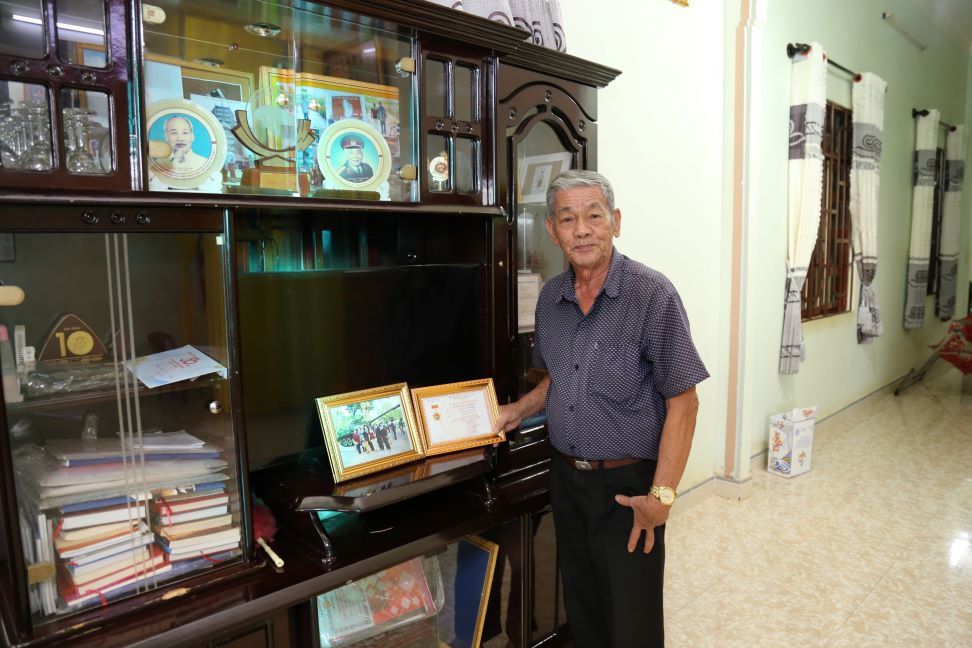
Strengthening development
At the time of taking over Gia Nghia, the enemy destroyed many houses, looted property, and caused devastation. They spread false information about "blood baths" to incite people to flee.
In that situation, the Military Commission has actively promoted and mobilized people to return, even organizing buses to pick them up from the Dong Nai River.
Those who are sick, injured, even the enemy soldiers who surrender will also be treated according to humanitarian policies.
"After calling them to come forward, we organized a 3-day study so that they could understand the leniency policy of the Party and the State. Most of them have returned home, Mr. Phuong shared.
By the end of May 1975, the Gia Nghia Military Commission had fulfilled its mission. Mr. Le Truc Phuong continued to work in other units but was always one of the few witnesses of the day of the liberation of Gia Nghia who still lived on this land.
From a wild land after the war, Gia Nghia today has transformed into a modern city, worthy of being the economic and cultural center of Dak Nong, continuing the heroic history of 50 years ago.
Currently, Gia Nghia city is the locality with the lowest number of poor households in the province with 56 households. In addition, the whole city currently has more than 4,554 establishments and enterprises operating in the fields of trade, services and industry.
The city has 548 industrial and construction facilities; 4 hydropower plants, 17 solar power enterprises, 18 mineral exploitation enterprises and more than 100 agricultural and forestry processing facilities. These units contribute to promoting the local economy and providing products for production and export.
The distribution system of goods from essential to high-end has been basically completed, meeting the needs of shopping, investment and developing production and business of the people.




